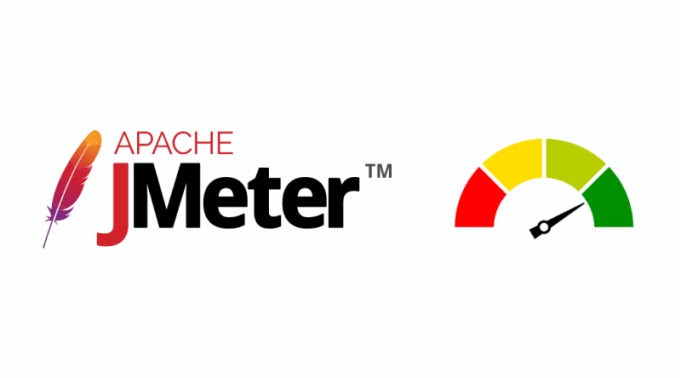Unveiling the Depths of JMeter and Performance Testing
JMeter, an acronym for Apache Jakarta Meter, stands out as a globally recognized tool for load testing, performance testing, and functional testing in the software development realm. This article takes you on an in-depth journey into the world of JMeter, delving into fundamental concepts and providing practical insights on running performance testing using this highly valuable tool.
1. Installation and Configuration of JMeter:
The first step in embarking on the JMeter journey is to install it on your system. Clear installation steps can be found on the official Apache JMeter website. Once installed, JMeter can be run either through the user-friendly graphical user interface (GUI) or via the command line, offering flexibility in its usage.
2. Various Types of Performance Testing:
JMeter offers the flexibility to execute various types of performance tests, including Load Tests, Endurance Tests, Stress Tests, and Peak Tests. Load Tests assess how well a system responds under a specific load, while Endurance Tests measure a system's resilience over an extended period. Stress Tests subject the system to increased loads, and Peak Tests evaluate system performance at peak load.
3. Virtual Users (VUs) in JMeter:
In the context of JMeter, virtual users or VUs simulate real user behavior. Understanding the optimal number of VUs is crucial for simulating realistic user conditions, and selecting 1-2 VUs may refer to a relatively low number of users, providing an initial overview of system performance.
4. Data Extraction with JSON Path:
JMeter provides the ability to extract and manipulate JSON data using JSON Path. By utilizing this tool, specific data from HTTP responses can be extracted and used for further analysis, providing a deeper understanding of application performance.
5. Performance Testing before Payday Event:
In the business context, application performance is thoroughly tested before significant events, such as payday events. The selection of performance testing methods, such as Load Testing, becomes essential to ensure the system can handle high loads that may occur during such events. This is crucial to guarantee an optimal user experience.
6. Quick Analysis with Aggregate Report:
JMeter offers the Aggregate Report, a feature that allows in-depth analysis of system performance. By examining summarized statistics, visual graphs, and the ability to sort and filter data, you can gain better insights into application performance.
Conclusion:
JMeter is a powerful weapon in the arsenal of performance testing. With a solid understanding of its fundamental concepts and proper application, users can ensure their systems not only withstand pressure but also deliver an outstanding user experience. Regular performance testing enables the identification and resolution of potential issues, improving application performance to face real-world challenges. Enjoy exploring the world of JMeter!


Post a Comment